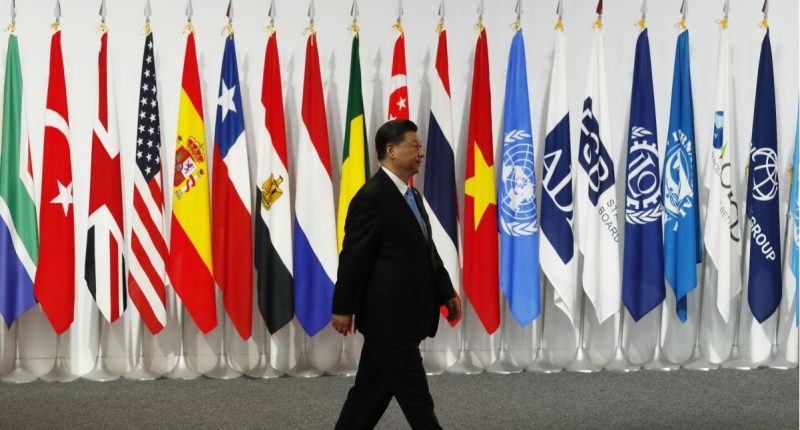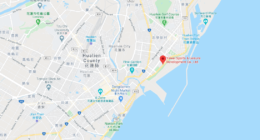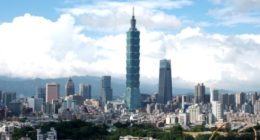Editor’s note: This is a guest piece by Atul Aneja
China has flagged Iran and Saudi Arabia as its bridgeheads for expanding its influence in theMiddle East, taking advantage of Tehran’s international isolation and Riyadh’s focus on nuclear energy.
Faced with renewed pressure from the United States, which has attempted to disrupt Iran’s economic lifelines, including critically important oil and gas exports, and much more, Iran has reached out to China for support.
China, in turn, has grabbed the strategic opening, keeping in mind, its larger ambition of drawing the Middle East in its orbit of influence.
In June, Iran approved a quarter century blue print of strategic collaboration with China, with bold economic and security dimensions, worth around $600 billion.
Under the pact, energy hungry China will buy Iranian oil, Tehran’s primary export, for 25 years, at highly concessional rates.
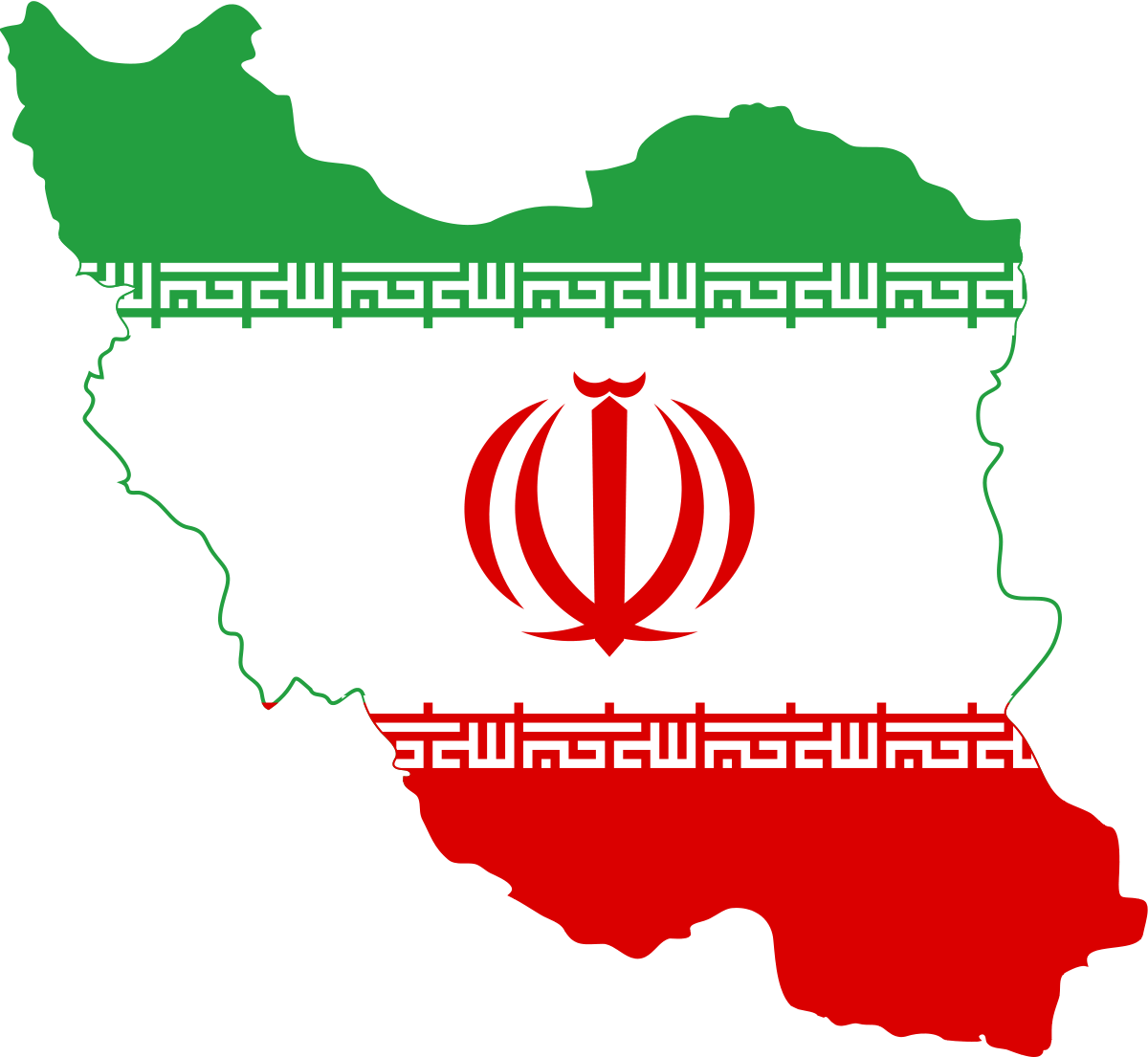
In return for assured energy supplies, China will revive Iran’s moribund economy, which would be integrated in a China-centred ecosystem, covering trade, finance, investments, and market access.
China would also cyber-network Iran, piloted by the telecom giant Huawei, especially in the 5G domain.
Specific infrastructure projects, the foundations of Iran’s new economy, would include airports, high-speed railways and subways.
China would also develop free-trade zones in Maku, in north western Iran; in Abadan, where the Shatt al-Arab river flows into the Persian Gulf, and on the gulf island Qeshm, the New York Times reported.
China plans to establish a joint commission for developing weapons and tap Iranian talent for scientific research, including cyber-warfare. This initiative is expected to anchor China’s military presence in the Middle East, bolstered by an unprecedented ability to gather intelligence in the region.
In going ahead with the deal, China, for the first time, would become a front line player seated in the Middle East cockpit, empowered to seriously influence the region, which includes Israel, Iran’s arch-foe.
China’s military ambitions in the Middle East also stood out with its participation in 2019, in a trilateral naval exercise in the Indian Ocean, with Iran and Russia as partners.
China’s massive outreach to Iran, fully recognises Tehran as a geopolitical pivot—a country whose importance is derived by its sensitive geographical location.
Iran sits on the doorstep of South Asia, Central Asia and Europe. Its external orientation has a major spill over impact, across a large geographical space, across contiguous regions.
China views Iran as a launch pad for spreading the Beijing centered Belt and Road Initiative (BRI), a massive transcontinental connectivity project, meant to launch China’s rise as an unrivalled great power.
China wants to extend the $62 billion China Pakistan Economic Corridor (CPEC), a part of the BRI in more than one direction.
In the north, it has already announced its intent to stretch CPEC to resource rich Afghanistan, which has massive reserves of lithium, the feedstock for the electric car revolution that China wants to lead.
Already, the Afghan Taliban are in deep conversation with the Chinese for projects that can be kick-started after a new government takes over in Kabul, following the ongoing US brokered reconciliation talks between the Taliban and the Afghan government.
In case Iran agrees, CPEC can also be extended westwards from Pakistan’s contiguous Baluchistan province through which a large section of the corridor passes.
In case that happens, Tehran will inch closer to being co-opted in the rapidly expanding Chinese political orbit.
China has also gate-crashed into the inner core of Iran’s rival-in-chief, Saudi Arabia, by agreeing to partner with Riyadh in the nuclear arena– a zone where most countries are reluctant to enter.

Saudi Arabia’s Crown Prince, Mohamed bin Salman has been quoted as saying in 2018, that in case Iran develops a nuclear bomb, Riyadh will also follow suit.
Blinded by its ambition to bulldoze into the Middle East, China is reported to have shared technology to enrich uranium—the feedstock for a bomb.
The Wall Street Journal is reporting that the Kingdom of Saudi Arabia, with China’s help, has built a facility for the extraction of uranium yellowcake, a potential precursor to fuel a nuclear reactor.
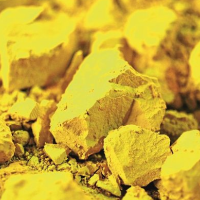
The plant is located near the remote desert city of Al Ula, the daily reported. The presence of the site, which has not been publicly acknowledged has raised serious concerns that Saudi Arabia, engaged in a seething and violent geopolitical rivalry with Iran, in several regional theatres including Yemen, Lebanon and Syria, may be engaging in the nuclear weapons programme with the support of China.
Uranium when lowly enriched is used in electricity generation, but when refined to purity above 90 per cent, it can be used to making the core of an atomic bomb.
The Saudi Energy Ministry has “categorically” denied to the Wall Street Journal that the Kingdom has built a uranium ore milling facility. But he also acknowledged that Chinese companies have been contracted for the exploration of uranium within Saudi Arabia.
The recent interaction between China and Saudi Arabia can be traced to a 2012, agreement for the peaceful development of atomic energy.
Subsequently, Riyadh has signed agreements with China National Nuclear Corp and China Nuclear Engineering Group Corp.
China and Saudi Arabia have been partners in beneath- the- radar covert collaboration in the past.
In 1988, Saudi Arabia bought Chinese DF-3 Silkworm ballistic missiles, which have been reportedly embedded with the Kingdom’s Strategic Rocket Forces (SRF).
And two years ago, the Washington Post reported, based on analysis of satellite pictures, that Saudi Arabia was making a missile factory near the central Saudi town of Al-Watah.
